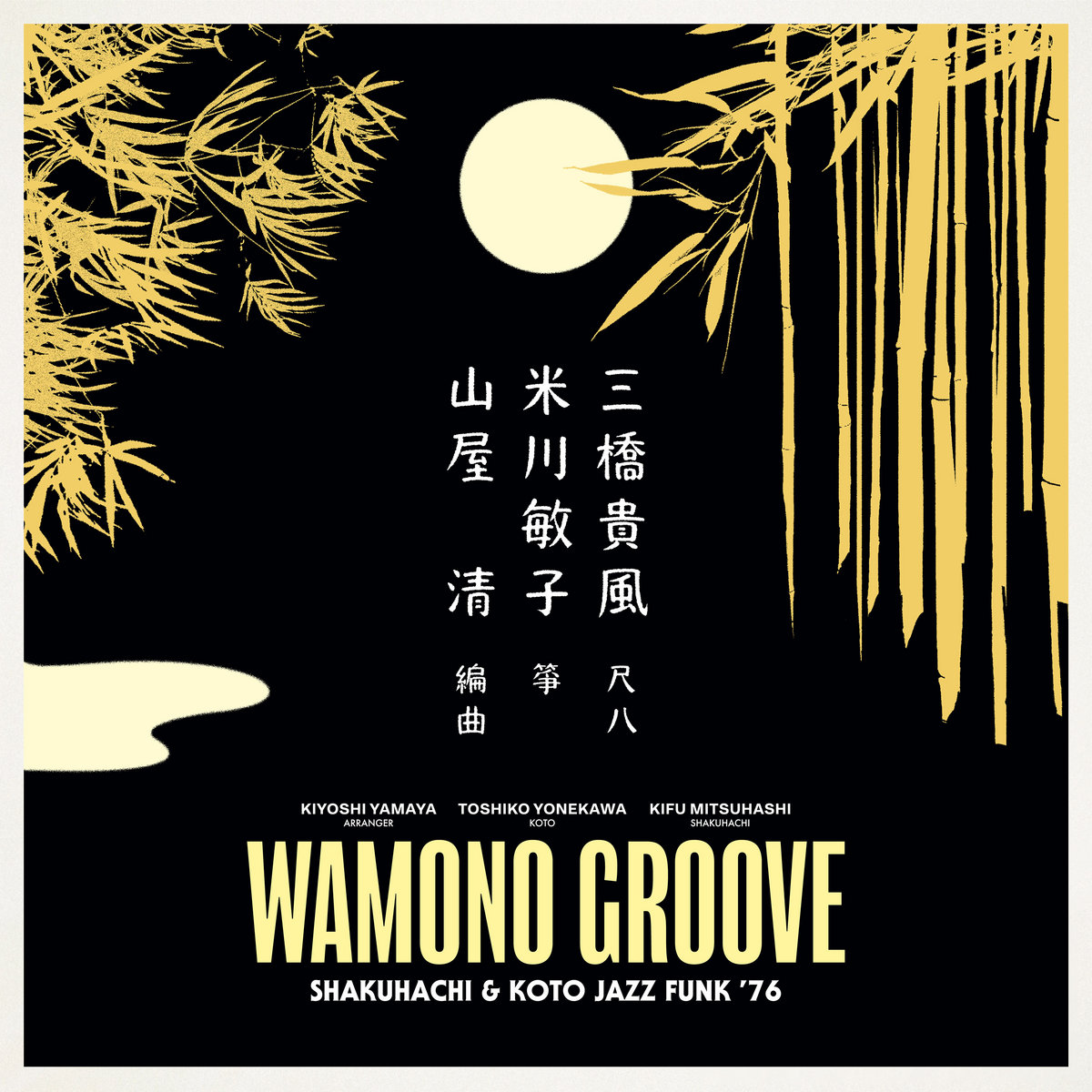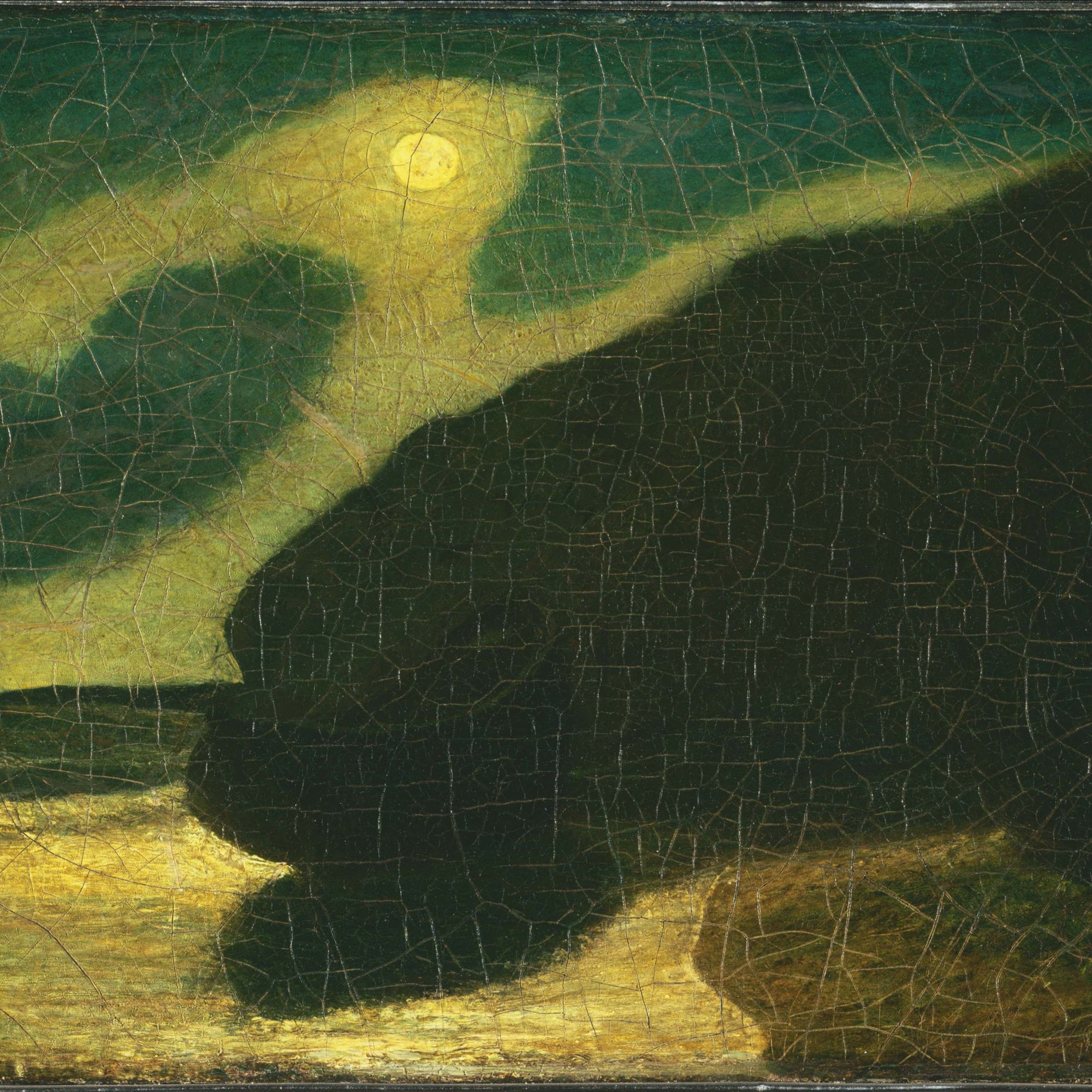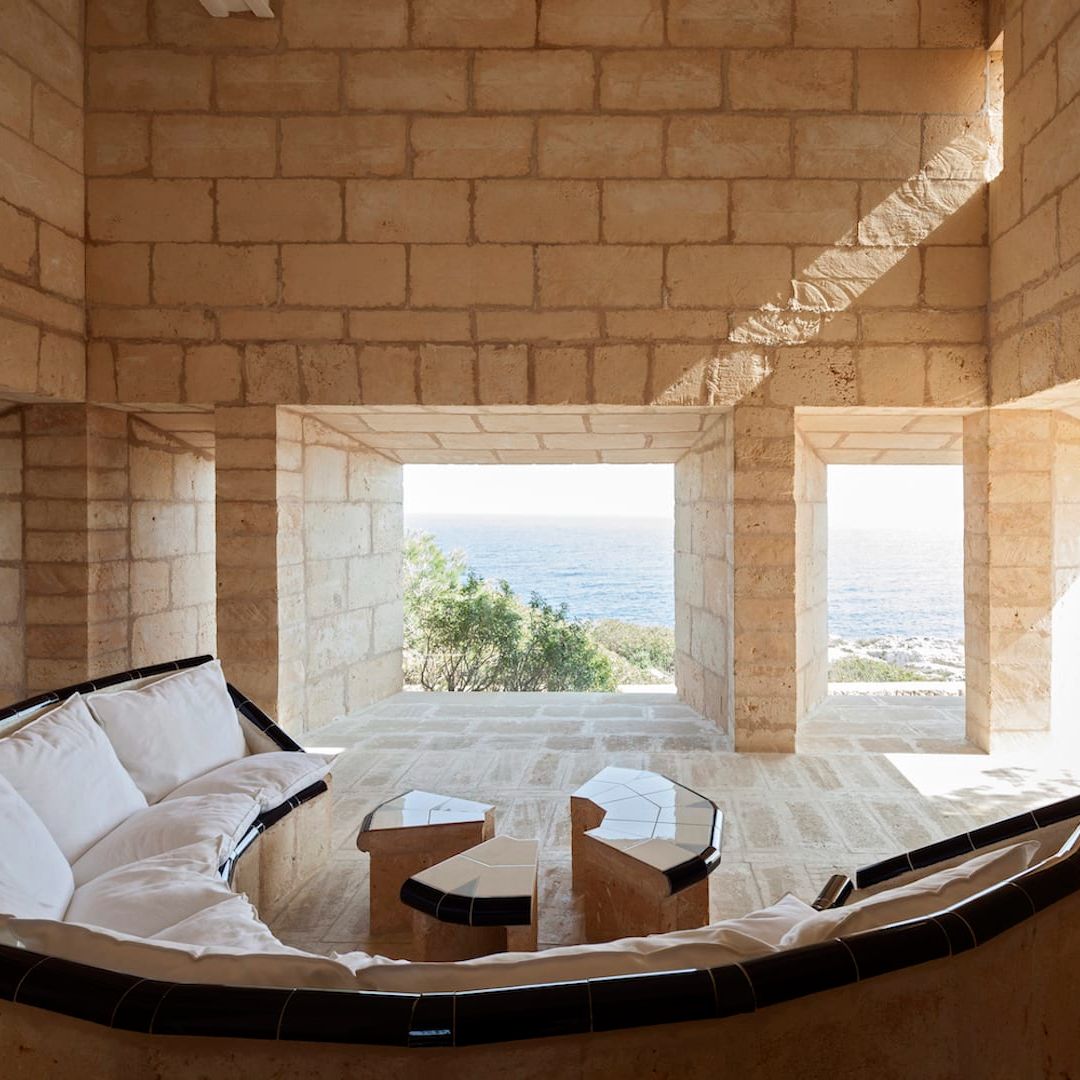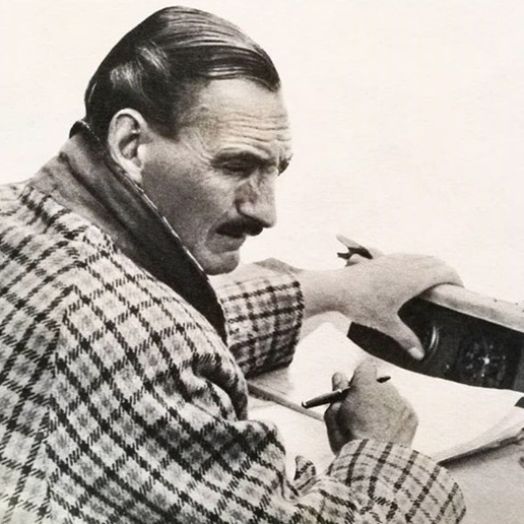
THE RECORD
WAMONO GROOVE /
Kiyoshi Yamaya (1976)
Simply put, Wamono Groove is an exceptional collection of jazz funk and rare groove tunes recorded in the mid-seventies at the Nippon Columbia studios by no less than three giants of Japanese music: arranger Kiyoshi Yamaya, koto legend Toshiko Yonekawa and shakuhachi master Kifu Mitsuhashi. The fully licensed masters have just been made available for the first time outside of Japan, and it is an absolute delight!
The ways in which these traditional Japanese instruments precisely interact with western grooves creates a unique flavor that is neither an imitation of classic funk, nor a mere beat added on top of traditional Japanese tunes. This is something else, unexpected and oh so well crafted. Again, from these craftsmen, we could expect no less but such skilled and tasteful works of art.

THE ARTIST
ALBERT PINKHAM RYDER /
(1847-1917)
He was Jackson Pollock's favorite painter, who loved the imaginative and romantic forms of his work. Albert Pinkham Ryder is best known for his poetic and moody allegorical works and seascapes.
If his art shared an emphasis on subtle variations of color with tonalist works of the time, it was unique for accentuating forms in a way that some art historians regard as modernist.
Ryder almost never signed or dated his paintings which makes him one of the most counterfeited American painters in history, but which also makes a interesting point, very dear to us : talent and creativity do not need to be signed to be recognized and show unique identity and personality.

THE HOUSE
CAN LIS /
Jørn Utzon (1971-1974)
Jørn Utzon is internationally the most recognized Danish architect, known, of course, for being the architect behind Sydney’s Opera House.
After leaving Australia in 1966, Jørn Utzon decided to build an idyllic summer escape home for his family.
Named after his wife, Lis, the building acts as a showcase of everything that Jørn Utzon worked on during his career. It is an amalgamation of Utzon’s influences from his travels around the world and also his eye for delicately integrating nature into design.
The ingenuity of Can Lis lies in Utzon’s reinterpretation of traditional Majorcan building methods and the use of local building materials. From the outside it is impossible to image what is waiting inside. A discrete wall of dusty pink stone sourced from a quarry in the nearby town of Santanyi hides Can Lis from the outside world. Using these local materials, Utzon created a seamless connection between the architecture and the cliffs it sits on.
Today, if the local stone is raw and worn, evocative of monolithic ancient ruins, it has lost nothing of its refinement…

THE GARMENT
THE RAGLAN SLEEVE /
(1853)
When purpose driven design turns into a uniquely functional kind of beauty, something very special happens, something that makes our lives better, and more meaningful. An overcoat with a Raglan sleeve construction is one such thing.
One story goes that Baron Raglan had the idea of using potatoes sacks to dress his soldiers during the Crimean war, the other believes in Scotsmen refashioning the ancient plaid wrapped garments worn by Highlanders for centuries.
Due to its construction, in which the sleeve is attached to the neckline, the armhole adapts to all morphologies, and remains comfortable even over a suit jacket or a chunky knit. This result is an impressive gain in comfort as it facilitates the movement of the shoulders and arms.
The raglan sleeve will also offer a very harmonious fall, which softly accompanies the natural curvature of the shoulder. A real game changer…
